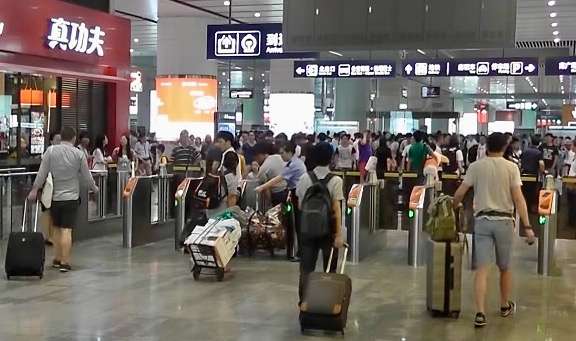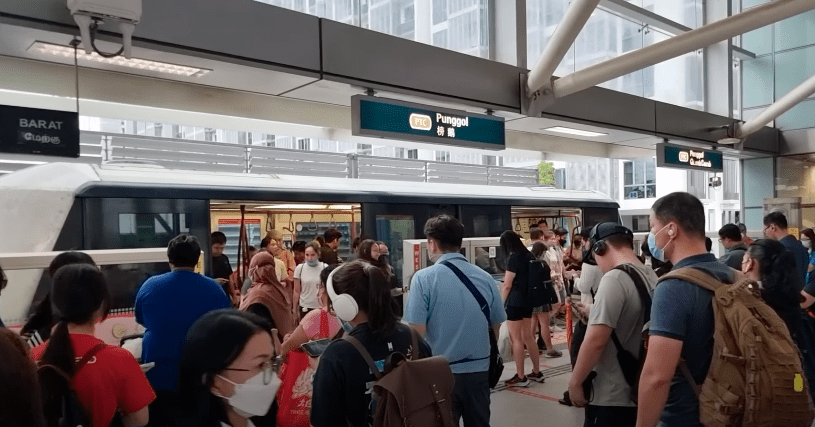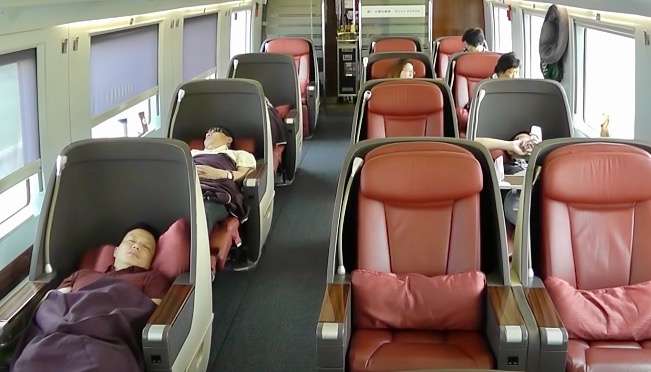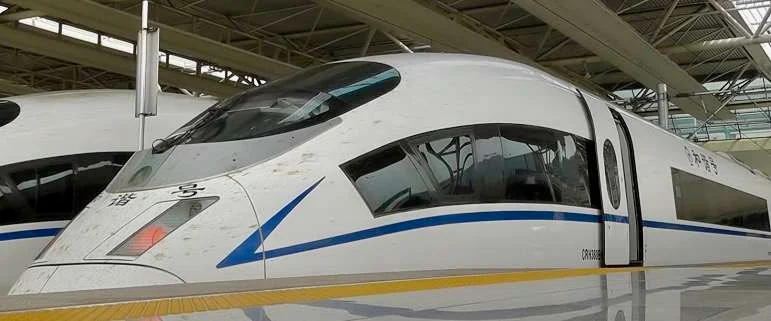Travel trends can be fascinating subject to follow. Many take it as the means to an end – a holiday or work destination. The trend now is no longer arriving at an airport of another country, taking a cab or pre-arranged airport transfer to the hotel. So are tour agencies waiting to pick-up tourists and tour groups in the numbers as in the past.
The first significant change in travel trends in the recent decades since the 1990s is moving away from travel agencies to make the arrangements. “Free and easy” became a well used industry tag that first emerged in the late 80s and 90s. It was readily embraced by the younger generations.
You booked your own flights, accommodations, car rentals and everything in between. And on separate web sites and directly with the service providers.
Airlines were the first to make this possible for travellers. Online travel portals to allow price comparisons like Skyscanner, Expedia, Booking.com, Kayak etc followed closely behind.
They offered options, manage bookings until the last few hours and provided confirmation. And you could see these on your hand phone held apps.
Many travellers would only book flights and the first days of accommodation and then play it by ear thereafter.
“Free and easy”
“Free and easy” also meant that the entire travel itinerary was planned and arrangements done by the traveller. It can be rigid or even to the extent that each day was unplanned.

I did it twice. Once in Australia, traveling by road from Adelaide to Sydney, then to Melbourne by the coastal scenic route and back to Adelaide. Surprisingly it was went without a hitch. We readily found accommodation without booking and service staff were welcoming.
By doing a bit of research, the family would time our arrival at each pre-determined town and head to motel that we pre-picked. But not booked ahead. It was one of the most memorable trip for the family.
I did the same with a young family in 2004 in the UK. Covered England and Scotland over 2 weeks on an Avis car rental. It too was memorable with one exception.
Accommodations at Lake District was understandably fully booked due to the peak summer season. I had to drive out to nearby town of Kendal and found a motel. Followed by daily forays into the Lake District.

The return of rail –Tube, metros and mass rapid transits
More than anything else we see the return and re-emergence of rail in a big way.
This part has to start with a story to make the point. An American colleague had arrived at our offsite meeting outside London. He landed at Heathrow took the Tube, train and the last few miles by taxi from the train station to our offsite meeting hotel.
He told me he had little faith in taxi transfers and London traffic after his first work travel experience to London. Caught up in London traffic in a black cab as it inched its way across London, he said “never again”.
In many large cities of the West, this is now the travel mode of choice for incoming tourists. Uncertainties with traffic, conduct of taxi drivers, fare pricing and unfamiliar routes are no longer the pain.

There were options as metros in many places were being connected to major airports. Inner city travel was now pretty much worked around Metros from London, Paris to Singapore and Dubai and why not.
It should be mentioned that Uber and ride hailing helped lift the spirits and confidence of weary travellers the way they operate.
China’s train and rail technology
China’s advent in train technology and rail infrastructure is mind-boggling impressive and clearly outstanding. The change in travel trends in this case is there for all the see.
The trains are sleek, high speed, comfortable and futuristic. Millions of people need to be moved daily and the demand and monetary spend from people was there. It was an easy decision.
But the Chinese took it to the next level. Leaving the Japanese and the French behind. They went for speed and stability. A 37 hr rail trip from Beijing to Shanghai collapsed to a mere 4 hours. With speed averaging 350 kph and coin can be balanced at high speed. The newer train can average 450 kph and 500 kph is a matter of time.
The comes the variation – sleeper trains running at slower speed averaging 250 kph, taking 9 hours and saving on 1 day’s hotel accommodation cost. How’s that for planning.
China’s missing last mile
The last mile is an industry phrase to indicate a traveller having reach his destination train or metro station makes it to his final destination with a very short trip by bike, scooter or by taxi. London is well known for this as each day incoming trains disgorged their passengers who then walk to the office, take a bike they stored at the station racks or get into a cab for that 10 minutes ride.
China despite its impressive investments in train and rail technology and infrastructure mishandled the siting of their new train and metro stations. They sited it well outside the city limits.

The now proverbial last mile was just to many miles away. It became inconvenient. Might as well head to the airport or just carry on with the highway.
China’s avoided tearing down developments and houses in the city centre while other countries did the opposite. They made the train and metro stations at the centre of the city. It became a landmark and centre of all travel. It was hugely convenient and with travel mode connectivity, it was the end game of good planning. For China’s it missed a trick.
2 decades ago, if you thought that train travel were at the end of the useful life, you were not alone. All the signs were there to give rise to that impression. Aviation rose rapidly covered more cities and cost became more affordable to more people. Car ownership became prevalent. More highways were built.
It was not to be.

What exactly changed?
Three travel trends that we see in recent times.
One was countries recognising the value of inner city metros replicating the oldest metro – London’s iconic Tube.
People living in London did not need or want a car. Countries could build underground and where convenient, overground. And in Adelaide, our own city, the tram found a new lease of life. It was extended and now has a inner city loop to cover the last mile.
The second is the rise and penetration of budget airlines in bringing in more people into the travel mix. This is another aspect of travels trends that is fascinating to follow.
Thirdly train and rail technology has had a renaissance with the Chinese leading as well as the French and Japanese. The French as recently as May 2023 forbidding air travel for less than two-and-half hours. So it back to trains. Great move for the environment.
Do expect more changes. The Japanese continue to hold the rail speed record of 603 kph with a prototype tested in 2015. Expect them to take back the lead in production from the Chinese. I am sure this will not be the end of travel trends as borders start to be give way.
